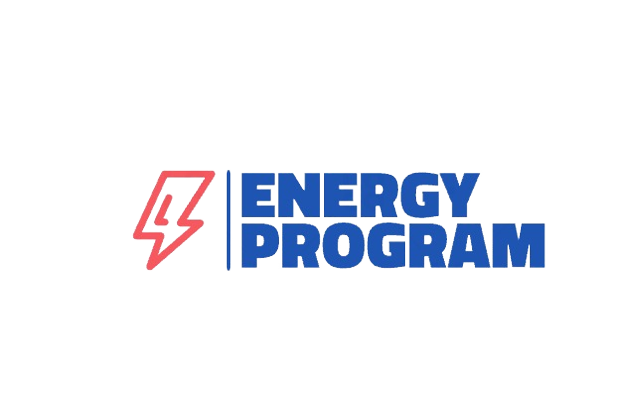As the colder months in Melbourne give way to the milder spring season, the HVAC industry often experiences a noticeable seasonal slowdown. This trend, which typically occurs between September and October, can be attributed to a combination of factors that influence customer demand and industry activity. Understanding these patterns can help businesses in the HVAC space strategically plan for the quieter periods and make the most of the opportunities that come with them.
Melbourne’s climate during September and October is known for its mild temperatures. As winter fades, the need for heating systems decreases, while the urgency for cooling systems hasn’t quite ramped up yet. This “in-between” season sees many homeowners and businesses delaying HVAC maintenance or installations, as the temperate weather makes it easy to go without heating or cooling for a while.
For HVAC businesses, this reduced urgency means fewer emergency repair calls and a decrease in new installations. However, this slower pace also offers a chance to focus on long-term projects, like upgrades or replacements, which customers might be more open to discussing without the pressure of extreme weather.
During this period, many property owners and managers tend to hold off on major HVAC decisions. They might be waiting to see if their existing systems can make it through to the next summer or winter before committing to repairs or replacements. Additionally, with the end-of-year holiday season approaching, some customers may prioritize other expenses, pushing HVAC investments to the backburner.
For service providers, this can be an ideal time to engage in proactive marketing and customer outreach, offering promotions or reminding clients of the benefits of scheduling pre-summer maintenance or upgrades.
While general demand for HVAC services may dip, the spring slowdown offers an excellent opportunity for promoting energy efficiency upgrades. Homeowners and businesses looking to reduce energy costs in the long term may be more open to exploring options like more efficient heat pumps, insulation improvements, or smart thermostats.
For businesses participating in government rebate programs, such as the Victorian Energy Upgrades (VEU) program, this is a perfect time to remind customers of the available rebates and how they can improve their HVAC systems at a reduced cost.
The lull between September and October allows HVAC companies to prepare for the upcoming summer season. With the heat of Melbourne’s summer just around the corner, HVAC systems will soon be in high demand again. This period provides the breathing room needed to train staff, perform maintenance on equipment, and stock up on supplies, ensuring the business is ready for the busy period ahead.
Additionally, scheduling regular training and offering refresher courses on best practices can ensure that your team is fully prepared to handle the influx of service calls and installations once the warm weather arrives.
While the seasonal slowdown in the HVAC space between September and October in Melbourne can lead to a temporary decrease in demand, it also offers businesses the opportunity to focus on long-term planning, customer engagement, and energy-efficient solutions. By making the most of this period, HVAC companies can set themselves up for a strong start to the busy summer season ahead.
